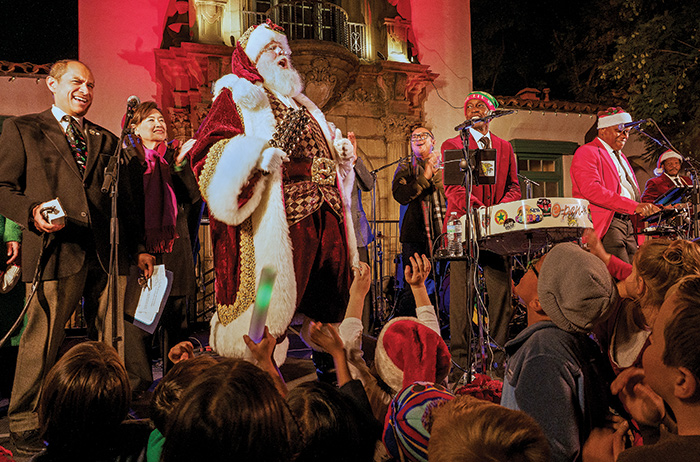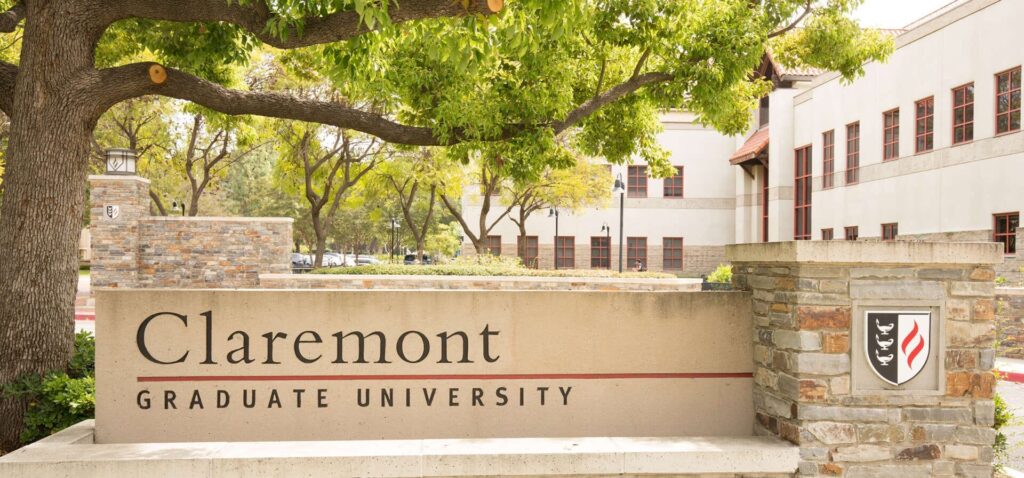Sun shines on bank going green
While Claremont residents have come to know and appreciate the historic nature of the US Bank building on the corner of Indian Hill and Foothill boulevards, there is a new aspect to the old architecture that’s grabbing attention.
It comes in the form of photovoltaic paneling. Claremont’s U.S. bank is going solar.
Last month the city approved the bank’s request to install 200 solar panels on the roof and attached, shaded carport areas to the rear of the business, expected to generate 185 kilowatts of energy per day. That’s enough to power much of the bank’s solar needs on sunny days, according to bank spokesperson Nicole Garrison-Sprenger.
Each solar panel is comprised of a series of reflective photovoltaic cells, which absorb the sun’s energy. The energy absorbed is then transmitted through a wire to an inverter box within the building, which converts that energy to make it compatible with household appliances.
Claremont’s branch is one of 4 southern California US Bank locations jumping on the solar bandwagon. In addition to Claremont, installations have begun in Downey, Los Alamitos and Rancho Cucamonga. The bank hopes to have a total of 9 banks fitted with solar panels by the end of April as part of the banks efforts to cut back on energy costs.
“US Bank is committed to aligning our business practices and customer offerings with sustainability goals,” Ms. Garrison-Sprenger said. “US Bank has long been a leader in renewable energy investing and we are looking forward to having our own solar generation on-site.”
Claremont businesses and commercial organizations are joining an energy-saving movement that has long since caught on in Claremont. In 2006 the city saw a slight jump in solar usage, coinciding with the introduction of Sustainable Claremont into the city’s general plan. In 2007, numbers doubled. In 2010 Sustainable Claremont introduced the Claremont Home Energy retrofit Project (CHERP), a collaboration of residents working with community organizations, contractors and cities to promote sustainable building practices and reduce fossil fuel use in Claremont and beyond.
Since the start of the CHERP Program, the numbers continue to increase. In 2012, Claremont property owners added solar panels to 70 homes and 2 college buildings. This represents 888,000 kilowatt hours of additional renewable energy produced in the city per year, according to Chris Veirs, senior city planner and sustainability coordinator. It is the city’s largest single year increase to date. Mr. Veirs attributes the jump to technological advancements, lower costs and new funding strategies, like leasing the panels.
As more and more residents make the move, businesses look to add their support.
“We hear our customers talking about how they are using solar power and we wanted to follow suit,” said Ryan Hibler, manager of the US Bank on Foothill. “Not only is it great for the environment, but it will help us save money in the long run. The reaction has been very positive so far.”
The local US banking branch isn’t the only local business heeding the residential call to go solar. The Claremont United Church of Christ is also currently in the process of installing 200 panels as part of a $190,000 solar project spearheaded by a church solar committee. The church expects to see a savings of $25,000 a year on their energy bill with the use of solar panels, according to Tom Helliwell, CUCC parishioner and chair of the church’s solar committee. Part of the reason for the move stems from the church’s desire to save more money for use in programing and other important services.
“We have to wean ourselves away from fossil fuels,” Mr. Helliwell said. “We can’t do it all at once, but we can contribute, using alternative means of energy whenever we can.”
The CUCC solar committee has been hard at work since December 2011, petitioning the congregation to support the solar cause. It didn’t take much convincing. Parishioners answered the call heartily. Though a portion of the $190,000 sum has been borrowed, the church’s congregation has funded most of the money.
“The congregation been extremely supportive of this. I’ve been very encouraged by both the moral and financial support to this project.”
The main problem with the introduction of these solar installations remains in blending the new with the old. It isn’t easy devising ways to meld the bulky solar panels continue to fit in the historic architecture and charming character residents have come to know and love about Claremont. The city is really limited in what it can do, says Mr. Veirs. State law prohibits much meddling for aesthetic reasons. While Mr. Veirs said he was initially concerned with adding solar paneling to the US Bank, an appreciated historical building, he is grateful that the company has happily attended meetings and worked with the city in ensuring the panels blend, adding shade structures and using paints to match the existing building.
Continuing to make sure new technologies blend with the old-town charm of Claremont will continue to be a work in progress for the city as more residents and businesses move to energy-efficient advancements. It’s a challenge they take in stride, pleased to see the sustainability goals of the city master plan moved into action.
“It’s a work in progress,” Mr. Veirs said.
—Beth Hartnett
news@claremont-courier.com










0 Comments